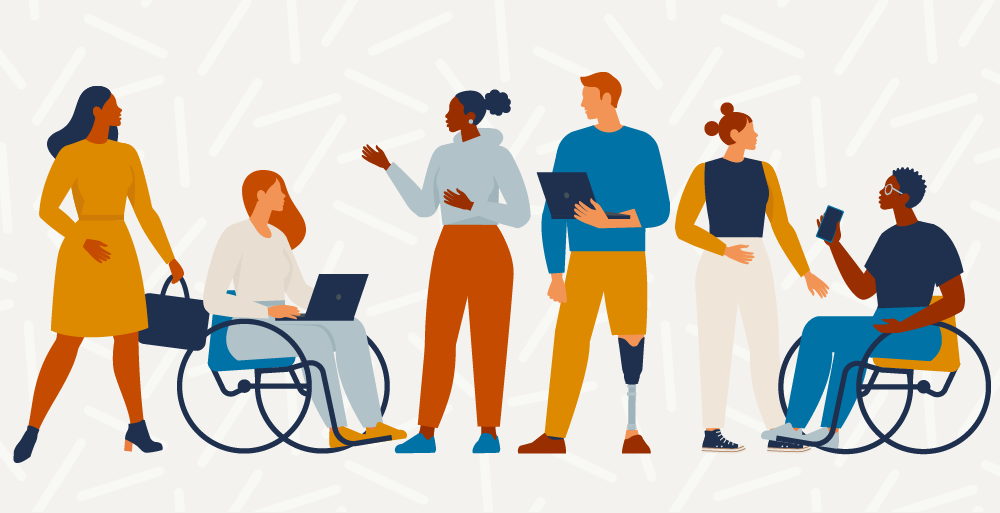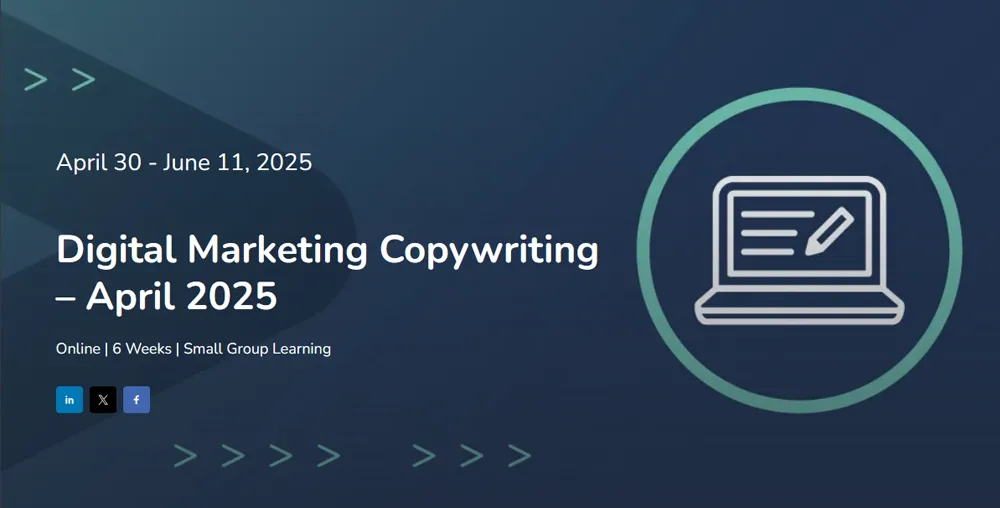October was National Disability Employment Awareness Month. In recognition of this, Josh Loebner, Director of Strategy, DE&I for Designsensory, shares his thoughts on disability inclusion, and provides some suggestions on how you can practice disability marketing and recruiting.
In the US, 26% of the population is disabled, but according to a study conducted by Nielsen, only 1% of primetime ads feature people with disabilities. While many marketers and advertisers have made significant strides to celebrate disability, disability inclusion is still only relegated to conversations surrounding the Paralympics, other tentpole media events or when introducing accessibility features in products and services.
Marketers, advertisers, and brands alike must dramatically shift the way they approach disability inclusion. Today’s efforts unfortunately present a fraction of the possible opportunities to elevate the voices of the disability community. For 64 million Americans and over 1 billion people globally, disability is a constant that should be considered more indepthly by marketers.
Challenges in Disability Marketing
Most marketers and creative teams tend to be non-disabled and are typically trained on accessibility practices via a variety of software tools and compliance training materials. Luckily, technological advances in artificial intelligence have optimized accessibility across software platforms, social media, websites and devices, and are important milestones along an equitable path of disability inclusion. However, these efforts marginalize larger considerations and highlight challenges.
Often driven by fear of non-compliance and litigation, many brands leverage an accessible overlay as the primary, and often the only, solution to establish an equitable digital experience for disabled consumers. These overlays are often part of a secondary initiative to engage the disability community and an afterthought totally disassociated from the strategic planning of the customer experience. More often than not, people with disabilities optimize their digital engagement via system-wide accessibility features in settings on their phone, tablet, laptop or desktop in a way that suits their needs. This makes overlays at the least redundant, or at the most, an interference.
Beyond accessibility overlays, marketers also need to consider including authentic disability-inclusive content, such as curated photos, videos and text that celebrate lived experiences of people with disabilities. Brands should not stop at their website when it comes to disability engagement; they must create more inclusive content to move disabled customer journeys forward from awareness to conversion. Social media, digital advertising and other online channels will help bridge the gaps in accessibility and inclusion, and drive buying decisions forward.
Shifting from Disability Marketing to Recruiting
Marketers and brands need to be better educated on how to develop disability-inclusive content and accessible marketing touchpoints. However, more awareness, allyship, and training will not be enough to drive meaningful change for the disability community.
To do better in disability marketing, we need more disabled marketers and trainers to steer brands in the right direction. To employ more diabled talent, we need to address a serious recruitment gap between the percent of the global workforce that identifies as having a disability and the percent of the global disabled population.
Here are 9 ways for you to include more disabled voices in your organization:
- Hire Disabled Student Interns. Give disabled students exposure to working in the marketing, brand, or advertising field.
- Support Disability Self Disclosure. Self-identifying as a disabled employee, especially at the executive level, ultimately recognizes that there will not be negative ramifications, such as job security, associated with coming out and sharing a disability.
- Establish Disability Employee Resource Groups. Create an internal support network to help strengthen peer identity bonds and drive strategic disability initiatives.
- Connect with Disability Business Resource Groups. Recognize where disability connections can be built into your vendor, supply chain and other external partnerships.
- Connect Accessibility to Creativity. Tap into disability conversations and commitments earlier in the creative process of marketing your product or service.
- Augment Metrics and Goals to Include Disability. Measure and track trends in revenue and engagement influenced by the disability community.
- Recognize the Value of Inclusive Design. Design inclusive products and services goes beyond benefiting the disability community to better problem solving for your entire customer base.
- Conduct Research Focused on Disability. Include disabled consumers in your market research for potential expansion opportunities.
- Facilitate Disability Education and Training. Train your employees on workplace disability inclusion, and how to become an effective ally.
Immense Revenue Impact of Disability Inclusion
Building disability inclusion doesn’t benefit only the disabled community; it also drives more revenue for practicing companies and the greater US economy. Disability marketing has potential to reach a market size of $21 billion, while Accenture reported that the Gross Domestic Product (GDP) can increase up to $25 billion if just 1% more disabled workers join the US labor force. Today, businesses must move away from addressing disability to be compliant and start thinking more strategically about elevating the voices of the disabled community and incorporating more inclusive practices into their overall company strategy.






Comments are closed.